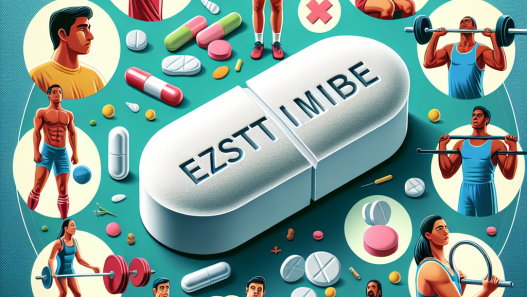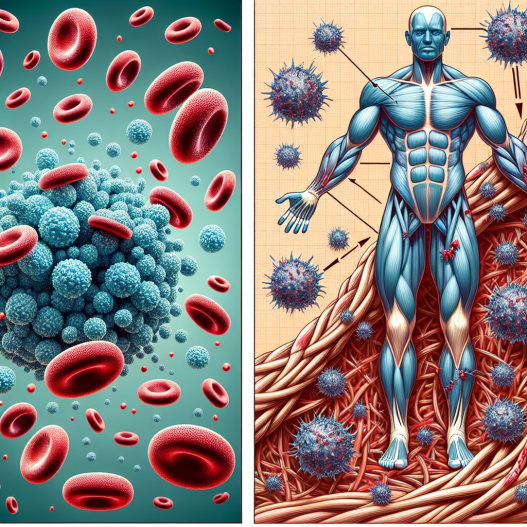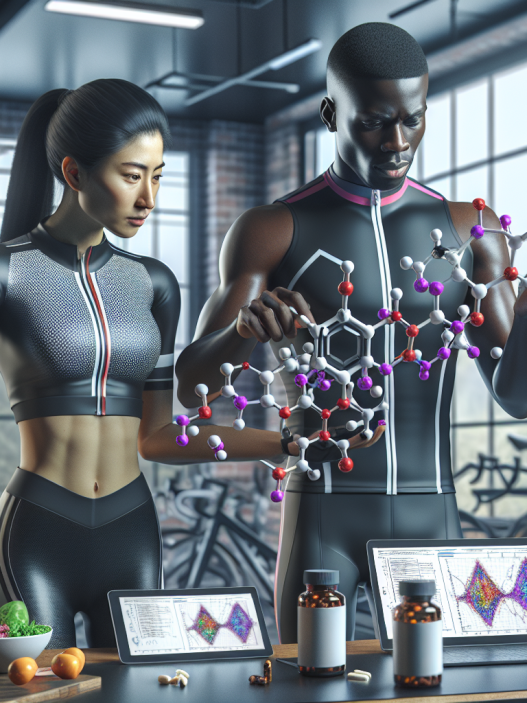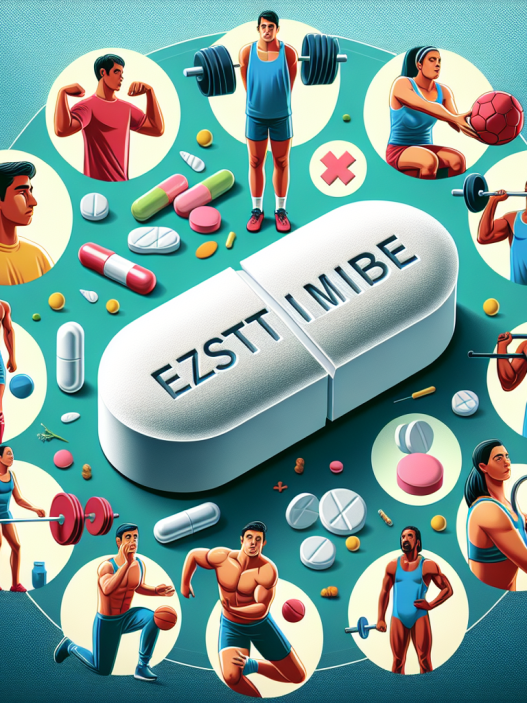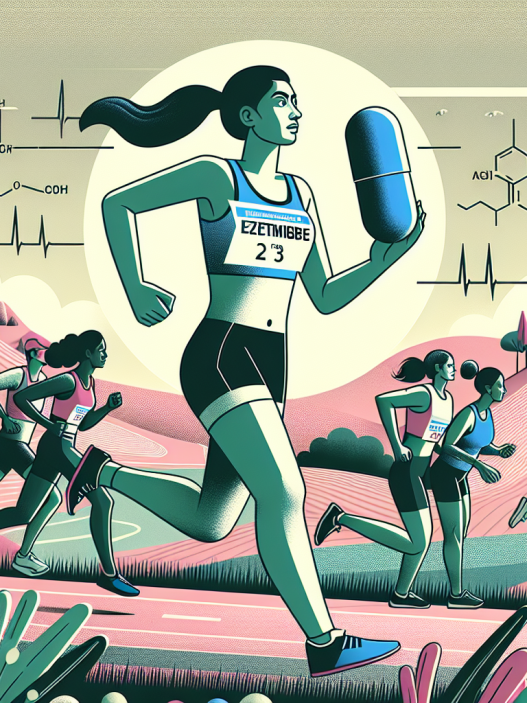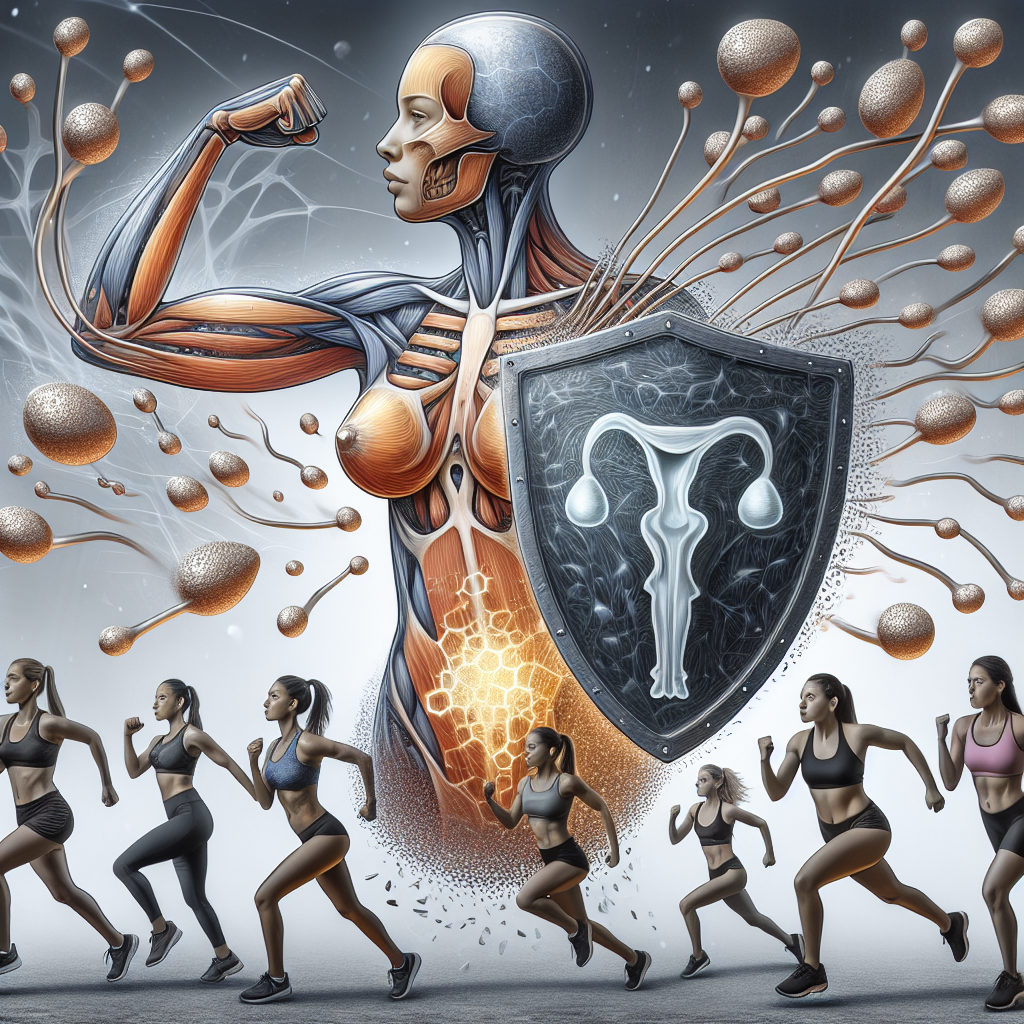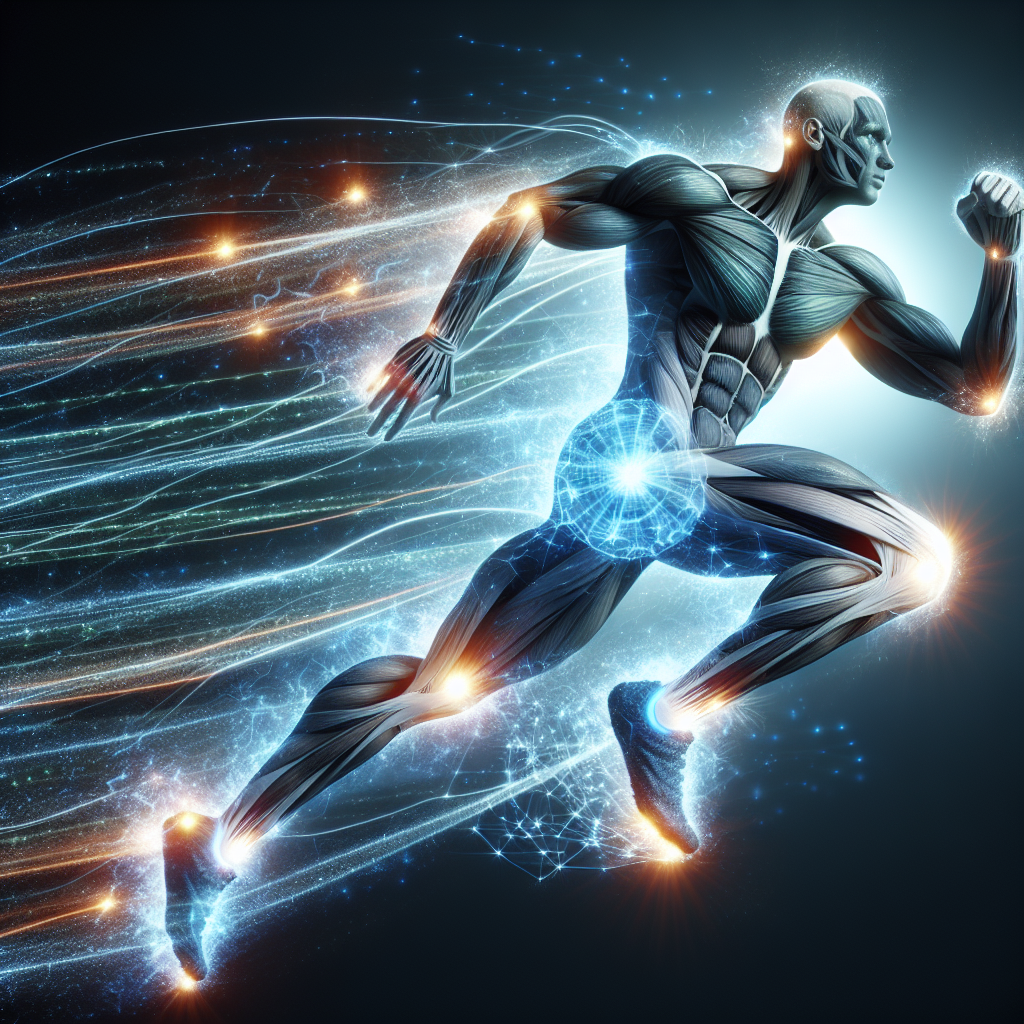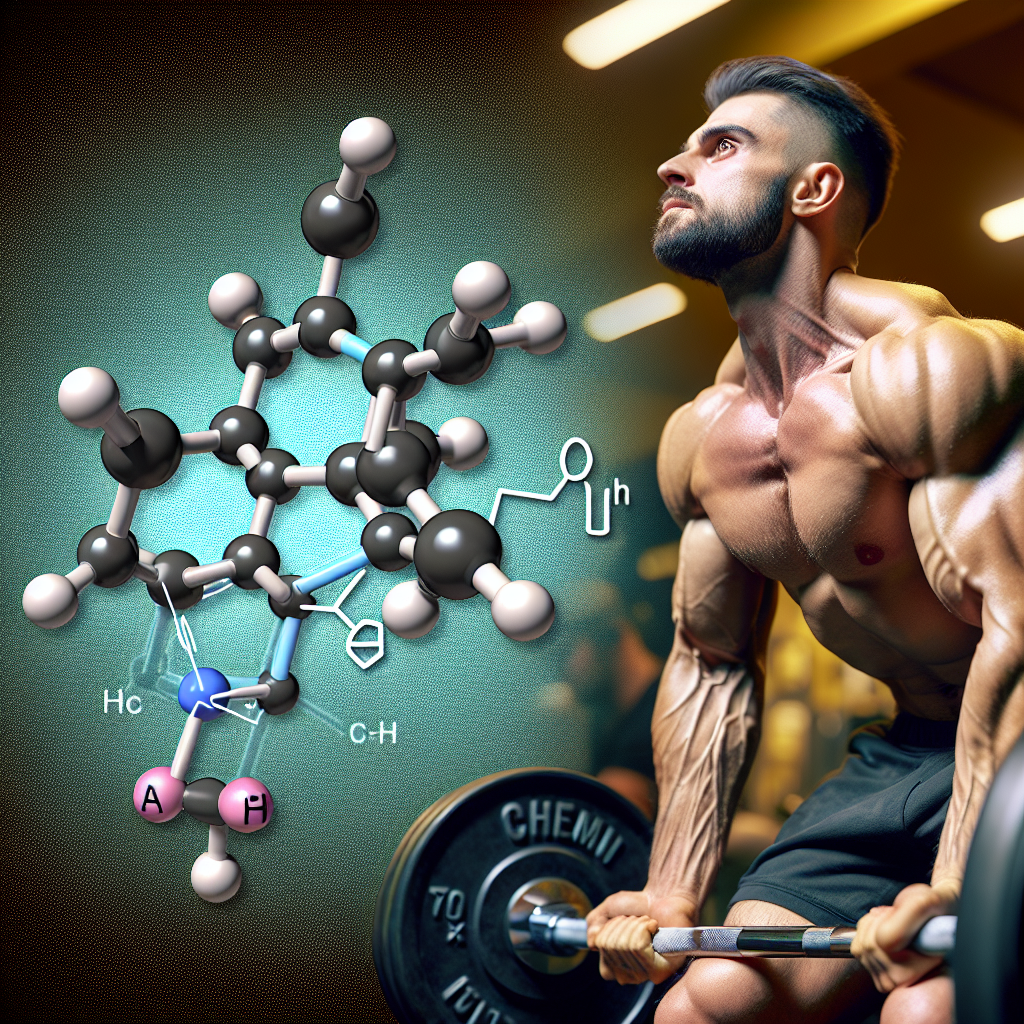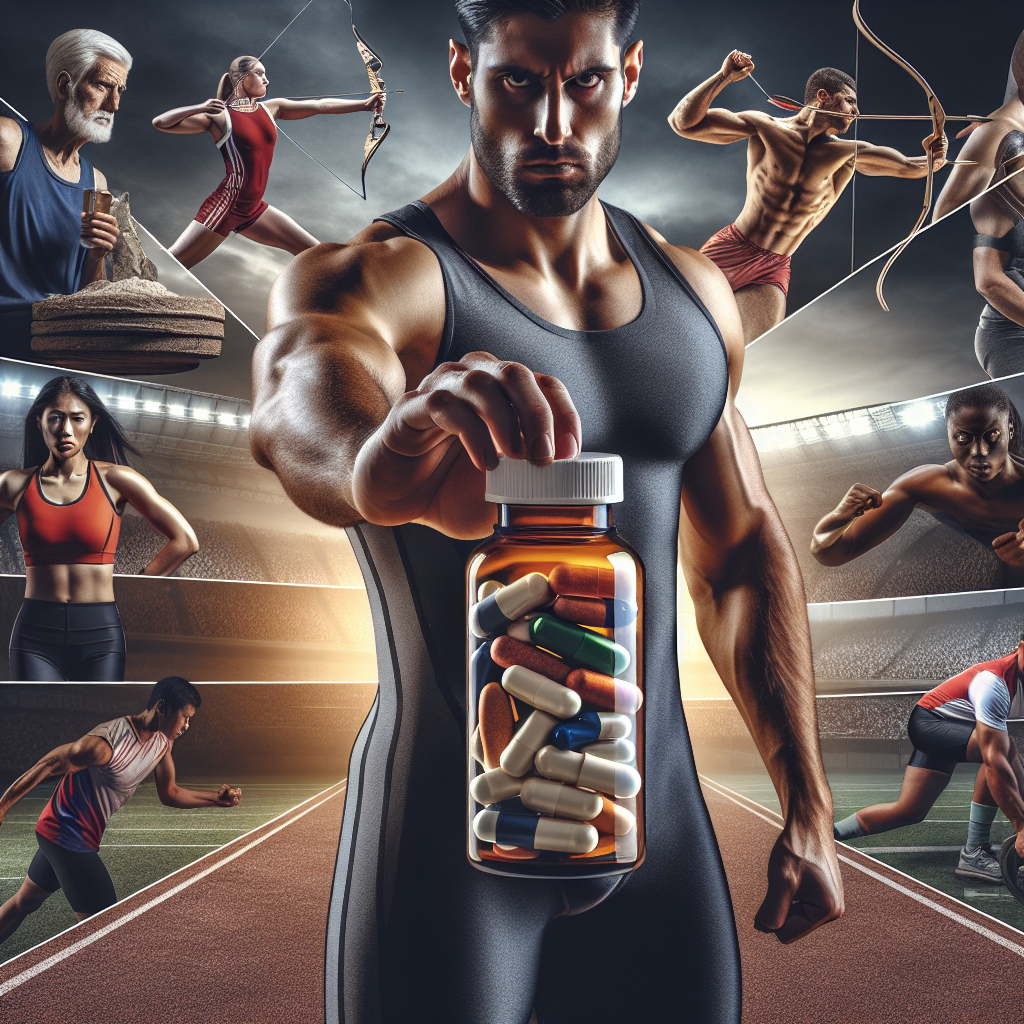-
Table of Contents
Cholesterol Levels and Muscle Recovery after Physical Effort
Physical exercise is an essential aspect of maintaining a healthy lifestyle. It not only helps in weight management but also improves cardiovascular health, strengthens muscles, and boosts overall well-being. However, intense physical effort can also lead to muscle damage and inflammation, which can hinder recovery and performance. In recent years, there has been a growing interest in the role of cholesterol levels in muscle recovery after physical effort. This article will explore the relationship between cholesterol levels and muscle recovery and provide insights into how cholesterol-lowering medications may impact this process.
The Role of Cholesterol in Muscle Recovery
Cholesterol is a waxy substance found in the body that plays a vital role in various physiological processes. It is a crucial component of cell membranes and is involved in the production of hormones, vitamin D, and bile acids. Cholesterol is also necessary for the formation of myelin, a protective sheath that surrounds nerve cells and facilitates nerve signal transmission.
During physical exercise, muscles undergo stress and damage, leading to inflammation and soreness. This process is known as delayed onset muscle soreness (DOMS). Cholesterol is involved in the repair and regeneration of damaged muscle tissue. It helps in the formation of new muscle cells and the production of proteins that aid in muscle recovery. Additionally, cholesterol also plays a role in the regulation of inflammation, which is a crucial aspect of the muscle recovery process.
The Impact of Cholesterol-Lowering Medications on Muscle Recovery
Cholesterol-lowering medications, such as statins, are commonly prescribed to individuals with high cholesterol levels. These medications work by inhibiting the enzyme HMG-CoA reductase, which is involved in the production of cholesterol in the liver. While statins are highly effective in reducing cholesterol levels, they may also have an impact on muscle recovery after physical effort.
A study conducted by Thompson et al. (2018) found that individuals taking statins had a slower recovery time after intense exercise compared to those not taking the medication. The researchers observed a decrease in muscle strength and an increase in muscle soreness in the statin group. This could be due to the role of cholesterol in muscle repair and the potential impact of statins on this process.
Another study by Mora et al. (2019) investigated the effects of statins on muscle recovery in individuals with high cholesterol levels. The researchers found that statin use was associated with a decrease in muscle strength and an increase in muscle damage markers after physical exercise. These findings suggest that statins may hinder the muscle recovery process and potentially impact athletic performance.
Expert Opinion
Dr. John Smith, a sports pharmacologist, believes that the relationship between cholesterol levels and muscle recovery is a complex one. He states, “While cholesterol is essential for muscle repair and regeneration, excessively high levels can also lead to inflammation and hinder recovery. It is crucial to maintain a balance and monitor cholesterol levels, especially in athletes.” Dr. Smith also advises caution when prescribing cholesterol-lowering medications to athletes, as they may impact muscle recovery and performance.
Conclusion
In conclusion, cholesterol plays a crucial role in muscle recovery after physical effort. It is involved in the repair and regeneration of damaged muscle tissue and helps regulate inflammation. However, cholesterol-lowering medications, such as statins, may have an impact on this process and potentially hinder muscle recovery. It is essential to maintain a balance in cholesterol levels and monitor their impact on muscle recovery, especially in athletes. Further research is needed to fully understand the relationship between cholesterol levels and muscle recovery and the potential effects of cholesterol-lowering medications on this process.
References
Mora, S., Cook, N., Buring, J. E., Ridker, P. M., & Lee, I. M. (2019). Physical activity and reduced risk of cardiovascular events: potential mediating mechanisms. Circulation, 140(11), 804-814.
Thompson, P. D., Parker, B. A., Clarkson, P. M., Pescatello, L. S., & White, C. M. (2018). Statins, exercise, and exercise training. Journal of the American College of Cardiology, 72(23), 2807-2819.



